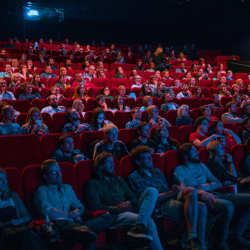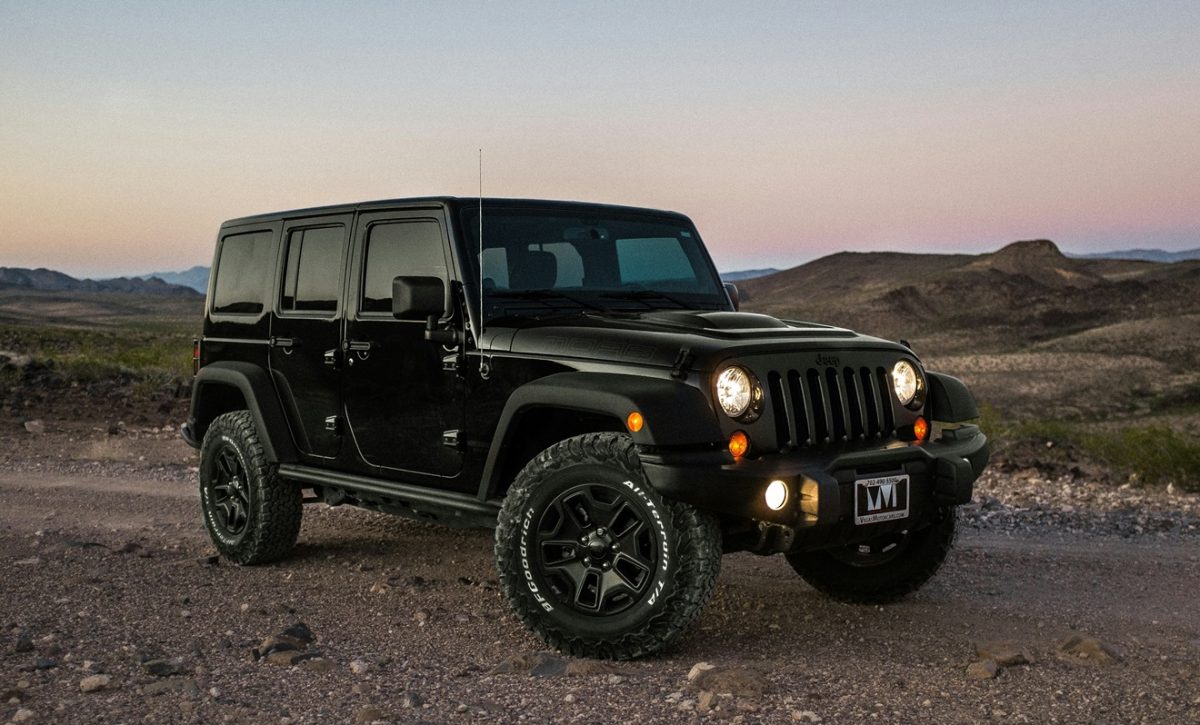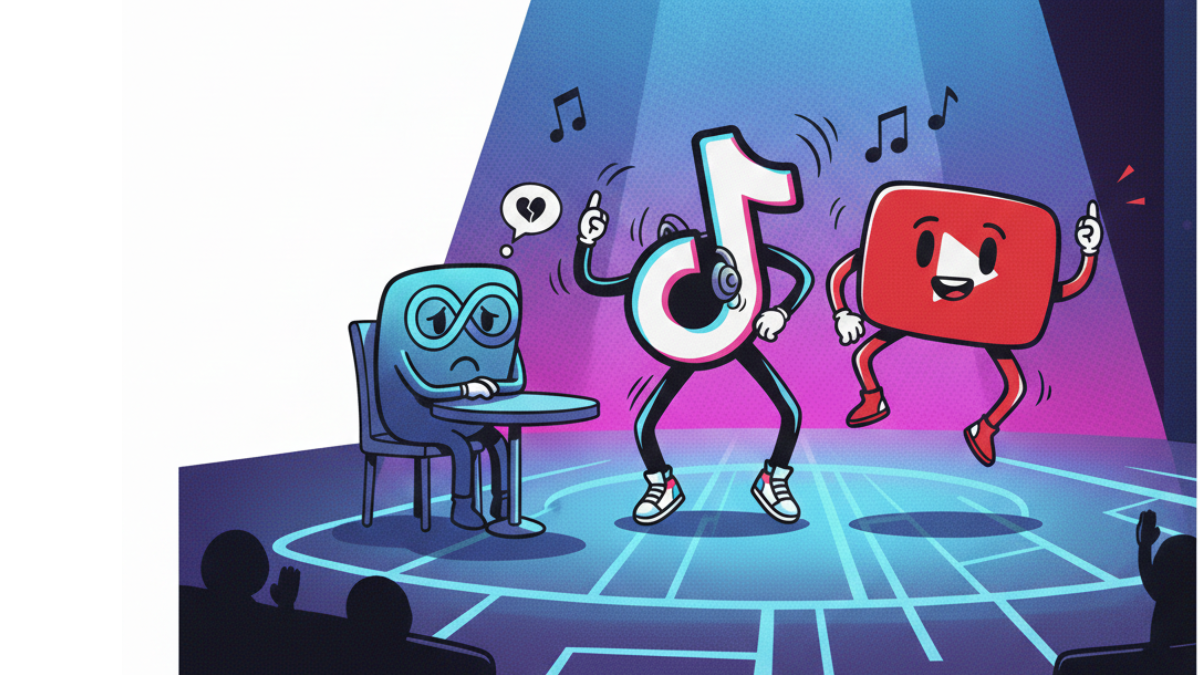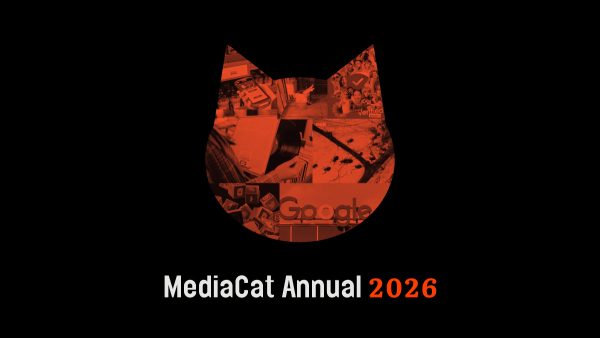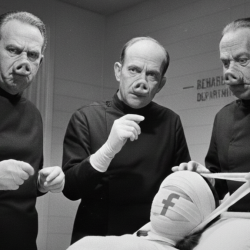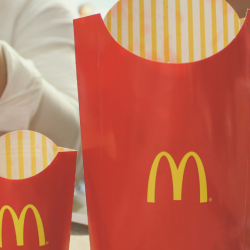Driver interaction platform 4screen announced last week that it had closed a $21 million Series B funding round to fuel its global expansion.
‘From day one, we set out to build a platform that enhances the driving experience while creating value at the intersection of brands, third parties and automakers — connecting worlds that, until now, have largely operated separately. The funding is a strong vote of confidence in our vision and the progress we’ve made,’ Fabian Beste, co-founder and CEO of 4screen, said in a statement.
And that wasn’t the only development in-car advertising news last week.
On 24 July, Brand Metrics and the AI-powered news streaming platform LeadStory released findings from a study examining the brand impact of in-car advertising. Ads promoting SAP Software Solutions appeared on drivers’ screens within LeadStory’s content and, according to the study, SAP recorded brand uplift three times higher than Brand Metrics’ global benchmark scores.

‘This is the first time we’ve been able to connect the dots between campaign exposure in the car and real, measurable changes in how people feel about a brand,’ Alysha Dino, Brand Metrics’ VP of global revenue, said in a press release.
‘The in-car consumer is more engaged than almost any other content ecosystem,’ said LeadStory’s CEO, Cam Price, adding that automakers are increasingly ‘introducing a content experience to the car’ and giving brands new opportunities ‘to reach new audiences with what we now know is extremely effective advertising.’
But in-car advertising isn’t new, and drivers haven’t always welcomed it.
Jeep drivers have been complaining about pop-up ads showing up on their screens since 2023, with multiple customers posting photos of the ads on Reddit, calling them ‘annoying’, ‘intrusive’, and ‘unsafe’.
The argument that pop-up ads can be dangerous is solid, but at the same time, in-car screens keep getting bigger, and automakers are making their infotainment systems increasingly designed like smartphones and tablets. In this context, it’s becoming hard to argue that pop-up ads will dramatically affect drivers, considering that in-car screens are already saturated with distractions.
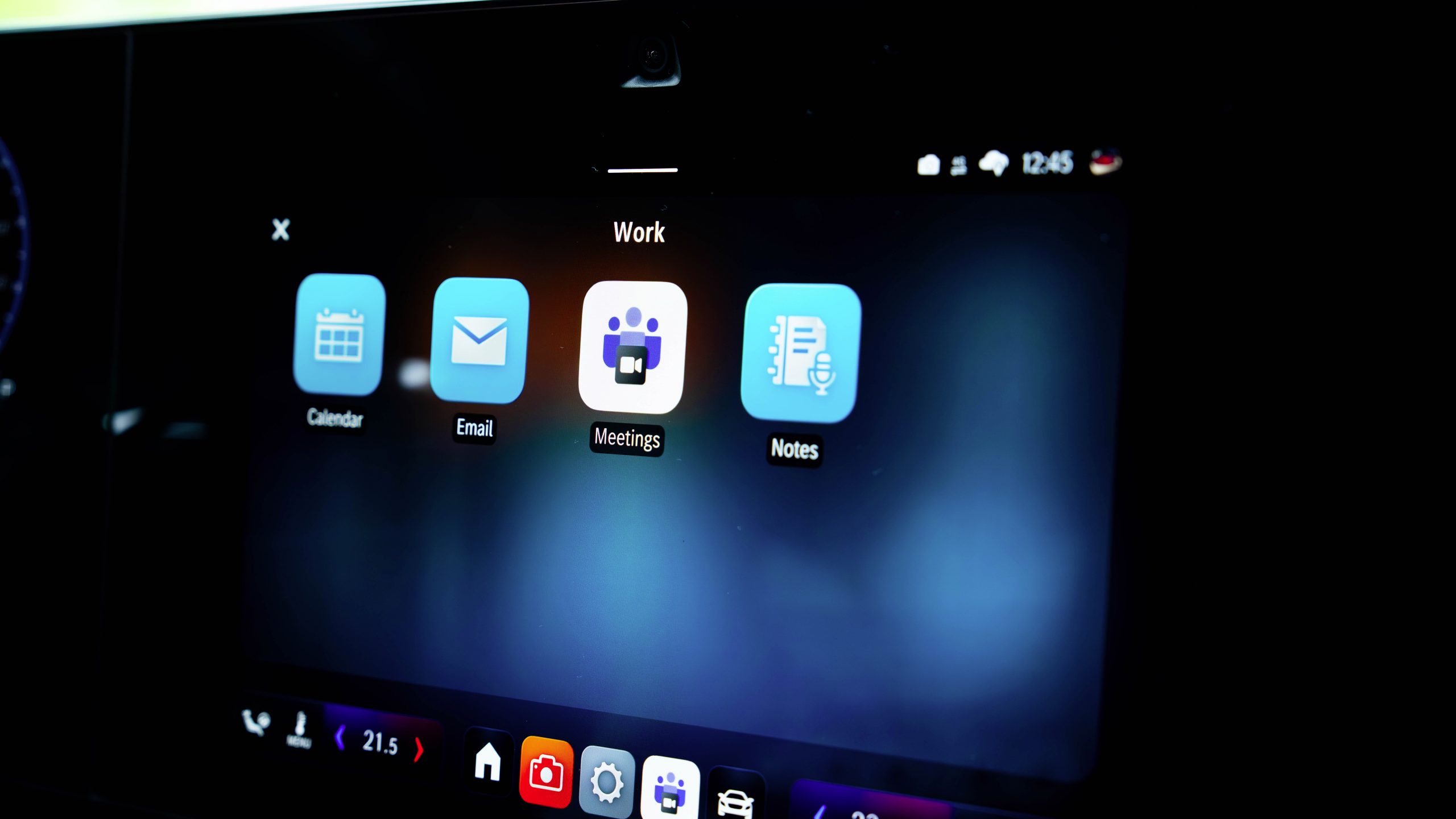
Mercedes-Benz, for example, announced last week that it has partnered with Microsoft to bring Teams Meetings to its vehicles. Tesla also offers a range of entertainment options, including Caraoke, gaming and streaming — although many of these are only available while the vehicle is parked.
As vehicles collect increasing amounts of driver data, in-car advertising is also becoming more and more targeted. In an article last year, Top Gear reported on Ford’s plans to introduce in-car ads and listen to drivers’ conversations, explaining that the brand would be able to serve ads based on location (eg, when drivers are parked at a supermarket) and speed (eg, when stuck in traffic).
On the one hand, this could make in-car advertising safer. On the other hand, it raises fresh concerns about data privacy, particularly in a space where consumers may not expect it.
But the bottom line is that there are over 100 million connected vehicles on the roads, according to 4screen, making the in-car environment ‘one of the largest untapped frontiers in digital media’.
At present, 4screen’s technology is integrated across 15 global auto brands, including Mercedes-Benz, Stellantis, VW Group, Hyundai, Kia, Toyota, and Zeekr.
Featured image by Kenny Eliason on Unsplash
